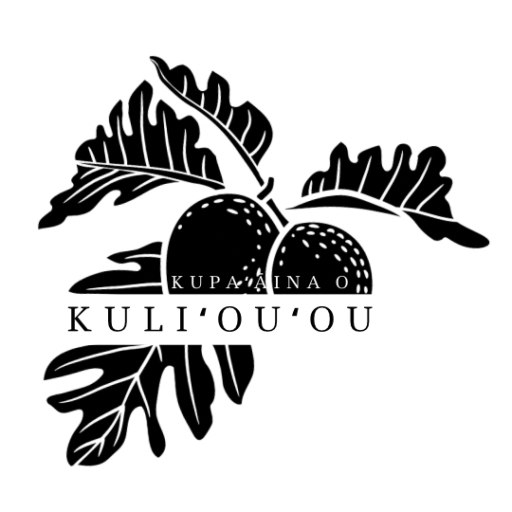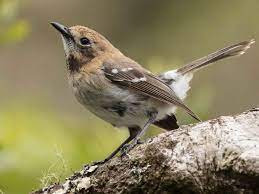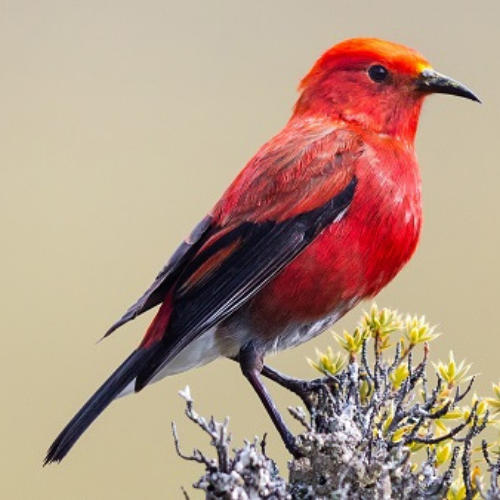
Community
Kuliʻouʻou has a vibrant community that has many ʻohana; some new and some who have resided here for decades, and a few for over a century. Kuliʻouʻou Valley is accessible off of Kalanianaole from Kuliʻouʻou Road, ʻElelupe Road, Moʻomuku Road and Maunalua Ave.

Kuliʻouʻou Neighborhood Park (Google Maps Aerial)
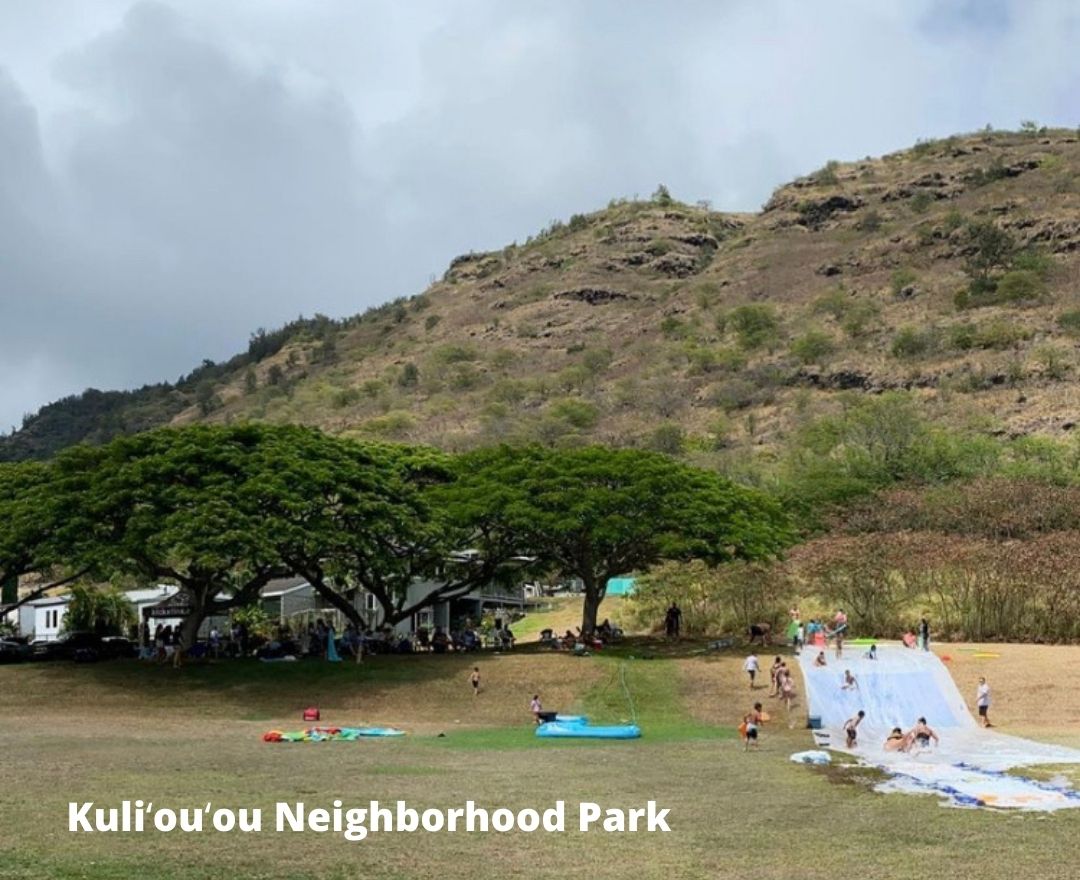
The back residential area of Kuliʻouʻou was historically known to contain loʻi (kalo patch). Later, that ʻāina was used as a piggery and farm. Then in the 1980ʻs, the farmland was developed into single-family residential homes and a neighborhood park consisting of a baseball field, tennis courts and basketball courts. It is also the location where the Great Floods of 1988 devastated many homes on Papahehi Place and Kalaʻau Place.
At the end of Kalaʻau Place is the entrance to two hiking trails, Kuliʻouʻou Valley Trail and the Kuliʻouʻou Ridge Trail. This is also the entrance to Kuliʻouʻouʻs popular hunting grounds. The Kuliʻouʻou Ridge Trail has spectacular views and leads up to Puʻu o Kona on top of the Koʻolauʻs. This part of the Koʻolauʻs is also called the the Kuliʻouʻou Forest Reserve and contains the fragile habitat and ecosystem of many native and some endangered species, which include, but are not limited to, species needing conservation such as the ʻElepaio (Monarch Flycatcher), ʻApapane (Hawaiian Honeycreeper), ʻAmakahi (Hawaiian Honeycreeper), Kāhuli (Oʻahu Tree Snail), Pulelehua (Kamehameha Butterfly) and rare endemic palms such as Loulu (Pritchardia Bakeri).



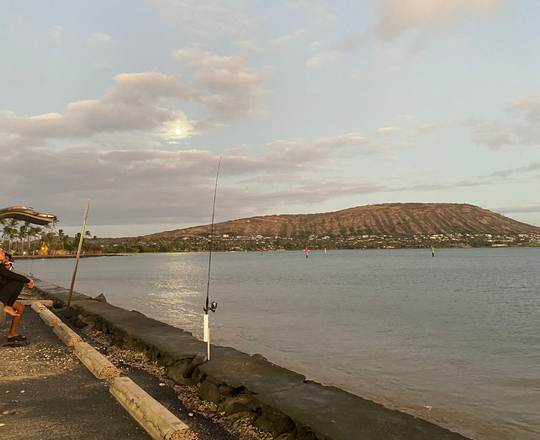
On the makai side of Kuliʻouʻou, Summer Street connects to Kuliʻouʻou Beach Park, which is where you can see the Paikō Lagoon Wildlife Sanctuary and Maunalua Bay. Kuliʻouʻou Beach Park has basketball courts and beach access to Maunalua Bay and the popular “Turtles” surf spot. It is also home of the Hui Nalu Canoe Club. When Hawaii Kai was dredged and developed, the brown water flow of silt and soil eventually settled in parts of Maunalua Bay, most notably within the ocean area fronting Paikō Driveʻs beach. This provided the ideal environment where invasive species such as Gorilla Ogo (Gracilaria Salicornia), Leather Mudweed (Avrainvillea Amadelpha), and Prickly seaweed (Acanthophora Spicifera) eventually overcame much of the native species in the Bay.
